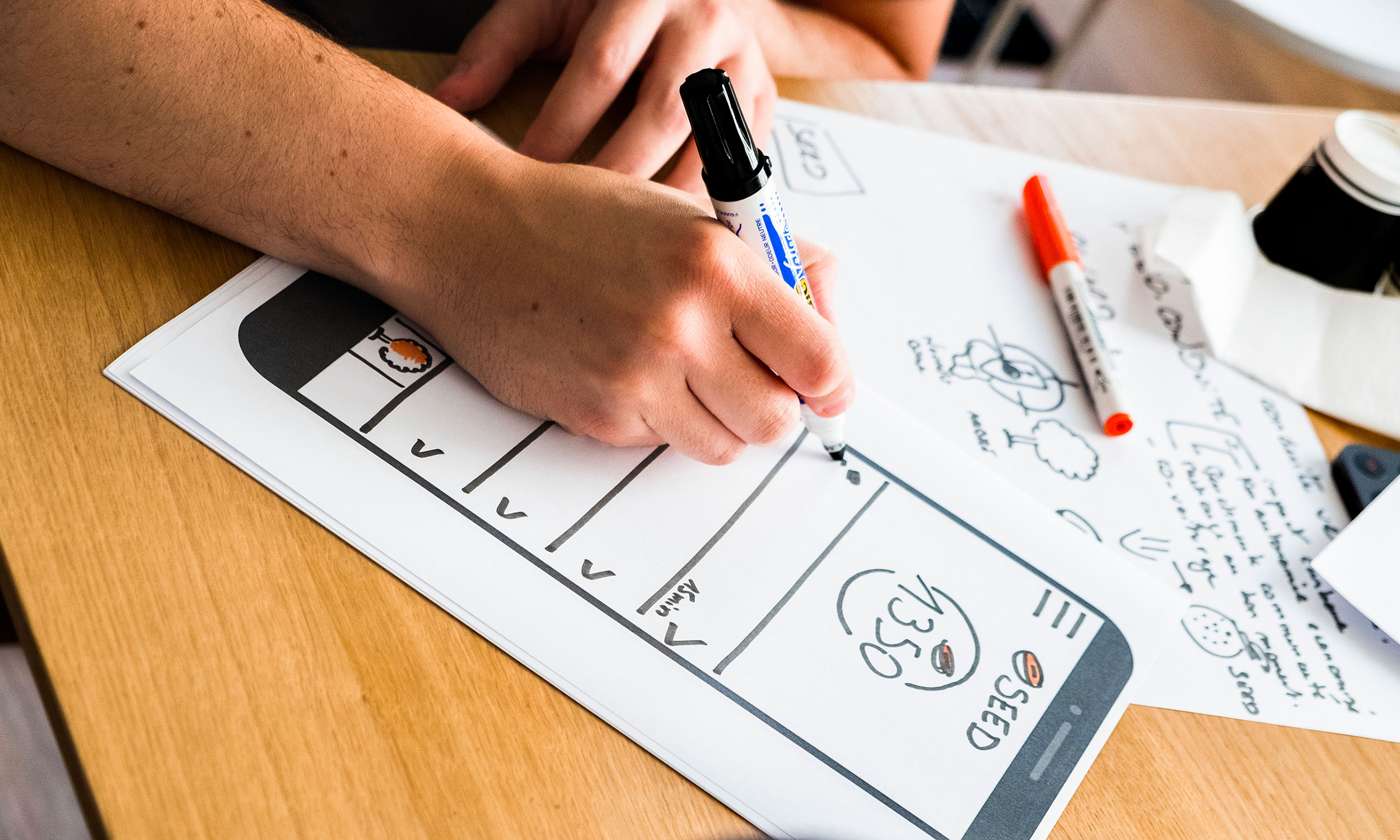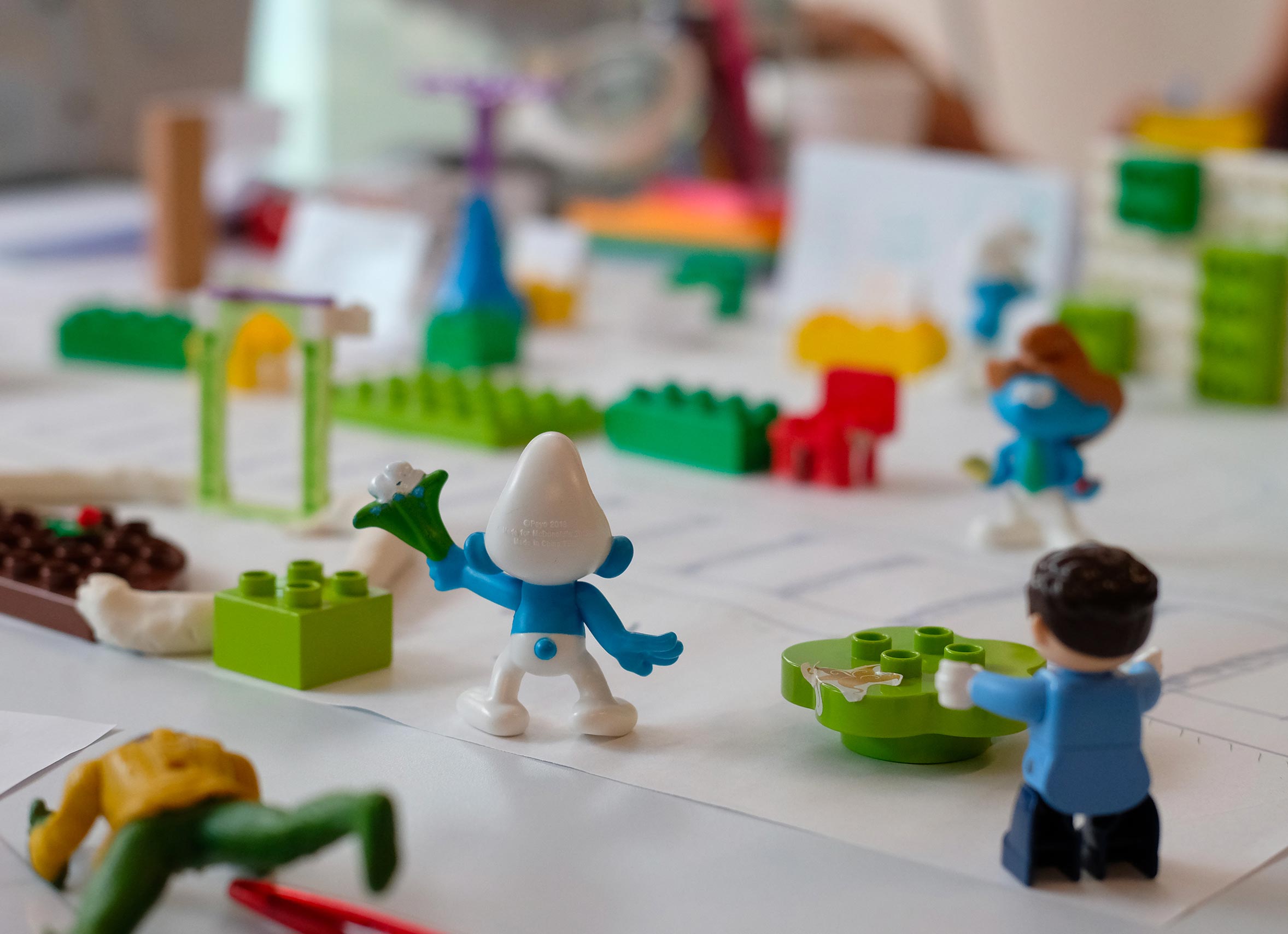Prototype
It is now time to bring your idea to life and put your product in the hands of your users. Prototype your idea and test it with internal team members and users to get valuable feedback that will improve your future product or service.

Objectives
- Bring ideas to life
- Validate assumptions
- Check the value proposition
- Draft a business model
- Build the information architecture
- Catch feedback
- Pivot/kill your first ideas
Tools and methods you’ll need and why
Rapid prototypes are a powerful way to create a realistic representation of a service concept that can be communicated, experienced and evaluated. Depending on the timeline, and budget, prototypes can be created in various fidelities, depending on the stage of the project.
Prototyping is also a good way to decide to kill (or not) a project before spending too much time and budget on it.
The way we do it at ENGIE
Even if it is not simple, we don’t forget, that our idea is nothing more than a stack of unvalidated assumptions, that need to be picked apart and validated to see if they are true in reality.
The prototyping stage is essential to validate the value proposition of the product.
A value proposition is a promise from a company to a customer. A value proposition should be a clear statement that explains how a product solves a pain point, communicates the specifics of its added benefit, and states the reason why it’s better than similar products on the market. The ideal value proposition is concise, and it appeals to a customer’s strongest decision-making drivers.
To validate the product value, we first define what we want to prototype, what we want to focus on and what we want to achieve.
- Define success criteria
- When what you want to focus on is decided, identify characters using Persona profiles.
- Visualize the story using Storyboarding
- Use the Design System if a compliant prototype is needed
- Determine an agenda and testing scenario, with a set of successive exercises that will allow you to evaluate the success criteria.
No need to be perfect, the prototype must be just developed enough to allow others to understand your idea and bring your value proposition to life.


How to test at this stage
When conducting a user test on your prototype, it is ideal to provide a natural setting (i.e., the normal environment in which your users would use the prototype). The key is to get users to use the prototype as they would in real life.
While collecting feedback, make sure you are not disrupting the user’s interaction with the prototype. Find a way to collect feedback which will freely allow you to observe what is happening (ie by recording video of the test).